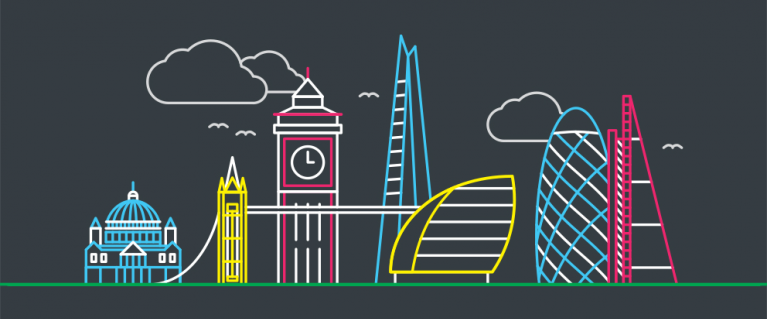
How we work for London
We have a role in many areas of London life - you probably see our work every day. Find out everything you need to know about London's government.
Video: a guide to City Hall
Watch to find out what your Mayor, the London Assembly Members and City Hall are responsible for.
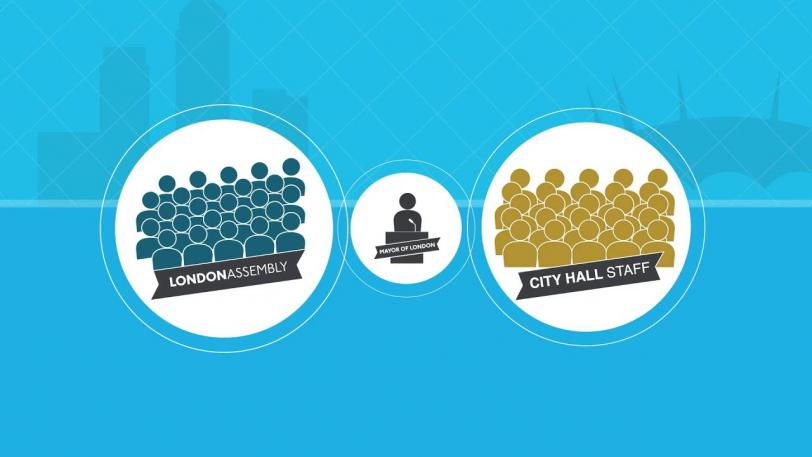
How London government is run - City Hall
City Hall has one Mayor and 25 Assembly Members who are elected by Londoners. With the support of City Hall's staff they work to make London the best big city in the world.
Also known as the Greater London Authority (GLA), it was created after a referendum in 1998, when Londoners voted in favour of a directly elected Mayor to represent London's interests, and a London Assembly to scrutinise their work.
How London government is run - the Mayor of London
The Mayor is responsible for making London a better place for everyone who visits, lives or works in the city. The Mayor provides citywide leadership, setting an overall vision for London and creating plans and policies to achieve it.
The Mayor is elected every four years.
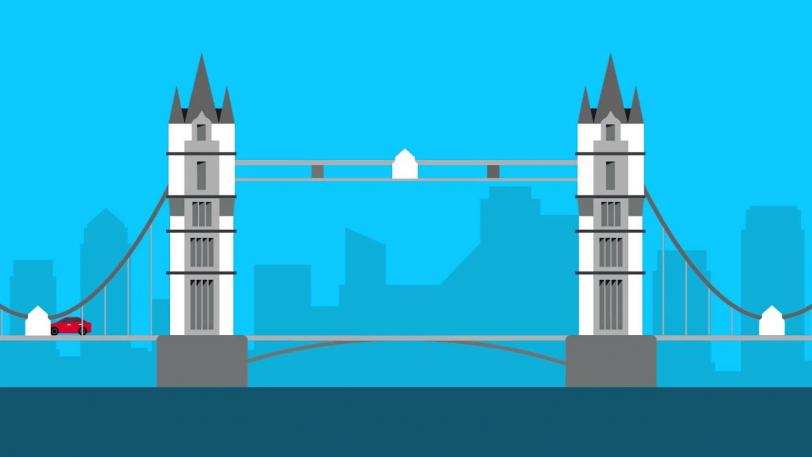
How London government is run - the London Assembly
The London Assembly is a watchdog for London and holds the Mayor and their advisers to public account. The Mayor must consult the Assembly before producing their statutory strategies and budget, including City Hall’s share of council tax.
Assembly Members are elected every four years by Londoners to represent their interests on vital issues like the economy, transport, housing and crime.
The most public way of holding the Mayor to account is at Mayor ’s Question Time. The Assembly also conducts investigations through its committees, which meet regularly and publish their findings. They provide recommendations, making proposals to the Mayor and government organisations about ways to improve the capital.
The London Assembly also funds and appoints the board of London TravelWatch, the independent consumer watchdog for transport users.
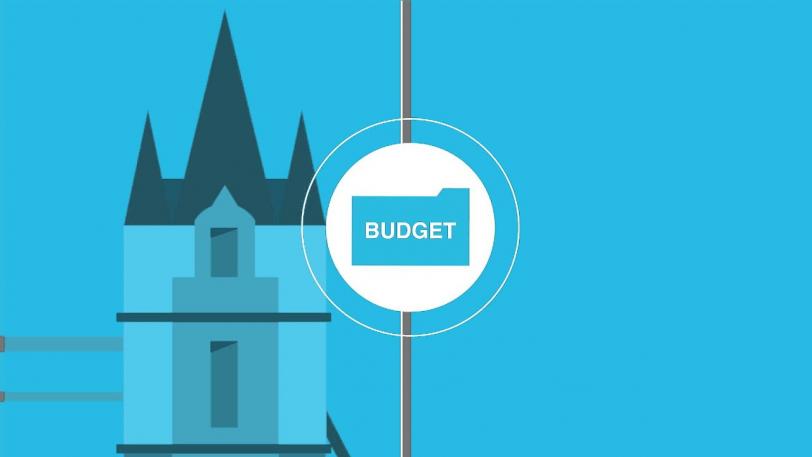
Our work
Our most important projects are:
- Arts and Culture
- Business and Economy
- Environment
- Transport
- Fire
- Health
- Sport
- Volunteering
- Housing and Land
- Planning
- Regeneration
- Policing and Crime
- Education and Youth
You can find out more about how we’re performing in these areas at the London Datastore.
Who we work with
At City Hall, we work closely with other organisations in London government.
These organisations make up the GLA group:
- Transport for London (TfL): responsible for London’s transport
- Mayor’s Office for Policing and Crime (MOPAC): oversees the work of the Metropolitan Police Service
- Old Oak and Park Royal Development Corporation (OPDC): managing the development of a new community in west London, the UK's largest regeneration project
- The London Fire Commissioner (LFC): responsible for providing London’s fire and rescue service (the London Fire Brigade)
- London Legacy Development Corporation (LLDC): responsible for managing Queen Elizabeth Olympic Park
- London & Partners: the official promotional company for London
We also work with local councils, central government, business and community groups, as well as:
- London Enterprise Panel (LEP): works with business on regeneration, employment and skills in London. The LEP is chaired by the Mayor
- London Resilience Partnership: provides a mechanism for multi-agency cooperation in planning for, and responding to, large scale emergencies
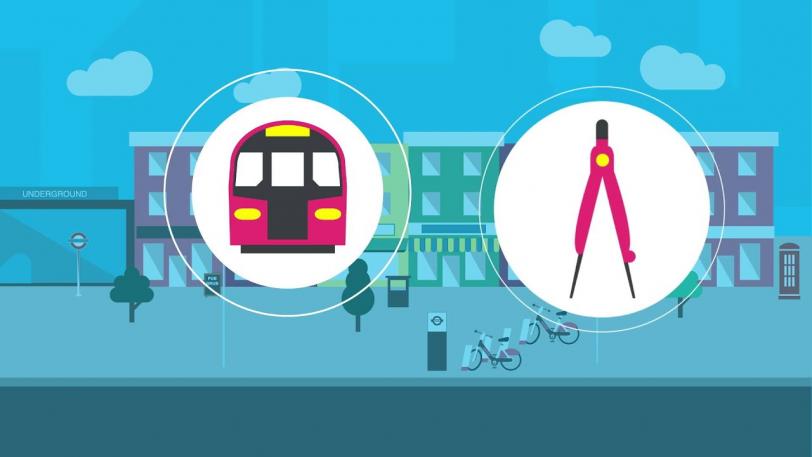
The role of central and local government
Other areas of London are looked after by central government and local government.
Central government looks after:
- Health care
- Foreign policy
- Defence
- Welfare
- Most forms of taxation
Local government authorities look after:
- Council housing
- Rubbish collection
- Parking
- Schools
- Council tax collection
- Leisure
- Social care and public health
There are 33 local government authorities in London: 32 London boroughs and the City of London Corporation.
These local authorities are elected directly by the local communities they serve. Their collective views are represented by London Councils.
The GLA Act
Our role and powers were set down in the GLA Act 1999, which was amended by the GLA Act 2007. Important changes to our powers were also made in the Localism Act 2011.
One important element of the GLA Act is to determine the seven ‘statutory’ London strategies the Mayor must publish. They are strategies for: the Environment, Spatial Development (the London Plan), Transport, Economic Development, Housing, Culture.
Need a document on this page in an accessible format?
If you use assistive technology (such as a screen reader) and need a version of a PDF or other document on this page in a more accessible format, please get in touch via our online form and tell us which format you need.
It will also help us if you tell us which assistive technology you use. We’ll consider your request and get back to you in 5 working days.